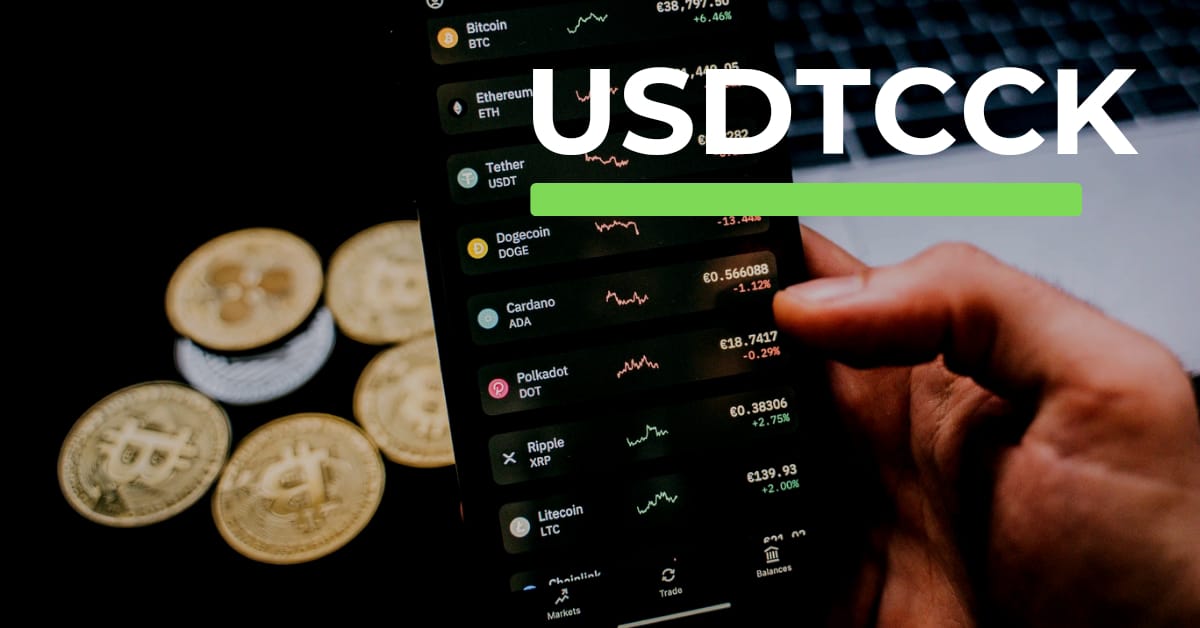In our rapidly growing global population, ensuring a steady supply of safe and nutritious food is more critical than ever. The food production chain is a complex and intricate system that involves multiple stages, from farm to fork, working together to feed billions of people worldwide. This article explores the intricacies of the food production chain, shedding light on the processes and challenges involved in providing sustenance to our growing population.
The fresh food supply chain is a vital component of our modern food system, providing consumers with access to a wide variety of perishable, nutrient-rich products like fruits, vegetables, dairy, and meats.
The Food Production Chain Unveiled
The food production chain is a vast network of activities and processes that starts with agriculture and ends with the consumption of food by individuals. It can be divided into several key stages:
-
Agriculture: The foundation of the food production chain lies in agriculture. Farmers cultivate crops and raise livestock, ensuring a consistent supply of raw materials for the food industry. This stage involves a variety of activities, including planting, harvesting, and animal husbandry.
-
Processing and Manufacturing: Once agricultural products are harvested, they undergo various processing and manufacturing steps. This includes cleaning, sorting, packaging, and transforming raw ingredients into processed foods, such as bread, cheese, and canned goods. These processes enhance the safety, shelf life, and convenience of food products.
-
Distribution and Transportation: Food products must be transported from manufacturing facilities to distribution centers and ultimately to retail outlets. This stage involves logistics and transportation networks that ensure the timely delivery of fresh and processed foods to various locations.
-
Retail: Supermarkets, grocery stores, and restaurants play a pivotal role in the food production chain by making products available to consumers. Retailers manage inventory, display products, and provide consumers with choices that cater to their diverse needs and preferences.
-
Consumption: The final and most critical stage is consumption, where individuals prepare and consume food. This is the ultimate goal of the entire food production chain, ensuring that people receive the sustenance they need to thrive.
Challenges in the Food Production Chain
-
Sustainability: With the world’s population expected to reach 9.7 billion by 2050, the food production chain faces increasing pressure to produce more while minimizing its environmental footprint. Sustainable practices, such as precision agriculture and reduced food waste, are essential to achieving this balance.
-
Food Safety: Ensuring the safety of our food supply is paramount. Contamination, pathogens, and foodborne illnesses are ongoing concerns that require strict regulations, monitoring, and traceability throughout the production chain.
-
Globalization: The food production chain has become increasingly globalized, which poses both opportunities and challenges. While it allows for a wider variety of foods to be available year-round, it also raises concerns about food security, supply chain disruptions, and fair trade practices.
-
Technological Advancements: Rapid technological advancements are transforming the food production chain. From precision farming and biotechnology to blockchain for supply chain transparency, staying up-to-date with these innovations is crucial for the industry’s future.
-
Resource Management: Efficiently managing natural resources, such as land, water, and energy, is a significant challenge. Sustainable farming practices, reduced water usage, and alternative protein sources are areas where innovation is needed to meet future demands.
Conclusion
The food production chain is a complex web of interconnected stages that ensures we have access to safe, nutritious, and diverse food options. As the global population continues to grow, it is imperative that we address the challenges facing this chain to ensure a sustainable and secure food supply for all. By embracing innovation, sustainable practices, and responsible management, we can nourish the world and build a brighter future for generations to come.





